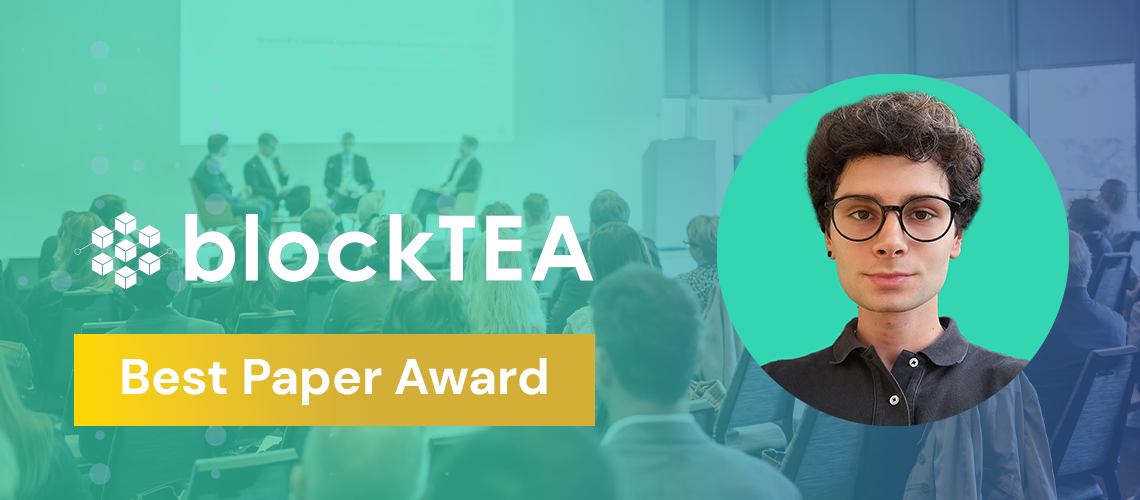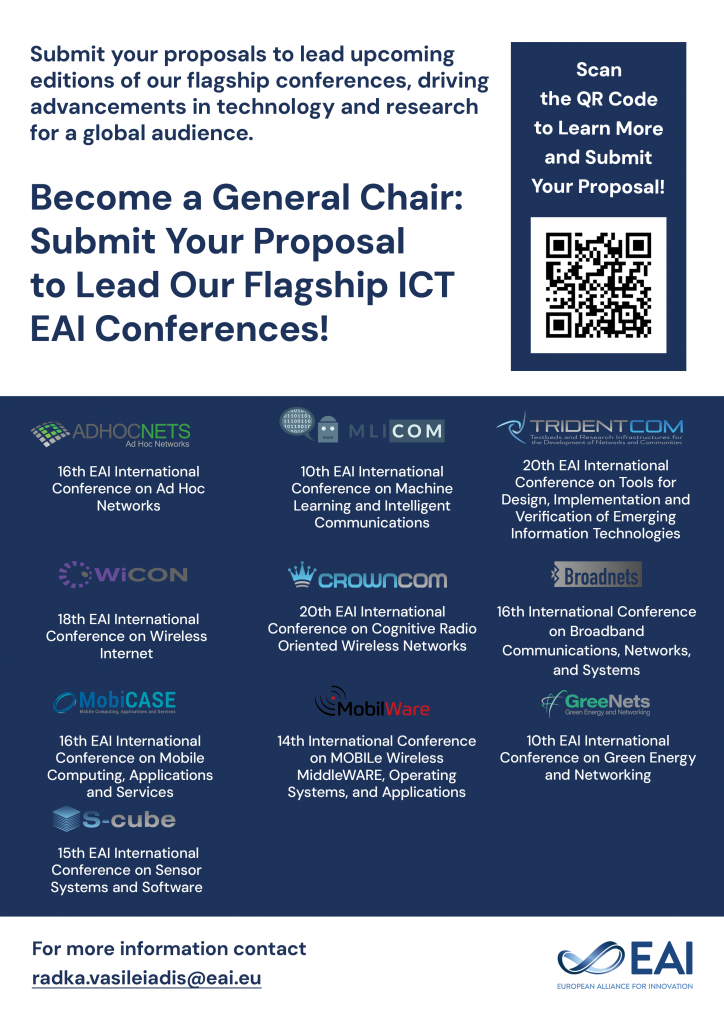The team behind ASCENT was recognized with the Best Paper Award at EAI BlockTEA 2025 for their innovative approach to smart contract testing. In this article, Filippo Lampa takes readers behind the scenes of the research and shares insights from the award-winning presentation at the conference.
Testing smart contracts can be painfully slow. Our idea for ASCENT was simple: what if tests could prioritize themselves? That question took our team, including Morena Barboni, Andrea Morichetta, Andrea Polini, and me, to EAI BlockTEA 2025, and unexpectedly to the Best Paper Award.
In this article, I’d like to take you behind the scenes, into the ideas that shaped our research and the conference that made presenting it especially meaningful.
The High Stakes of Smart Contract Bugs
Smart contracts are powerful tools: they automatically enforce agreements without intermediaries. But their immutability (once deployed, they can’t be changed) is both a strength and a risk. A single bug can have costly and irreversible consequences.
That’s why testing them thoroughly matters so much.
Traditional testing approaches, such as mutation testing, can be extremely resource-intensive. Mutation testing works by making small, deliberate changes (mutants) to the code and checking whether the existing tests catch them. If a test fails, the mutant is “killed”; if not, it may indicate a gap in the test suite. Running every possible test against every small code change quickly becomes overwhelming.
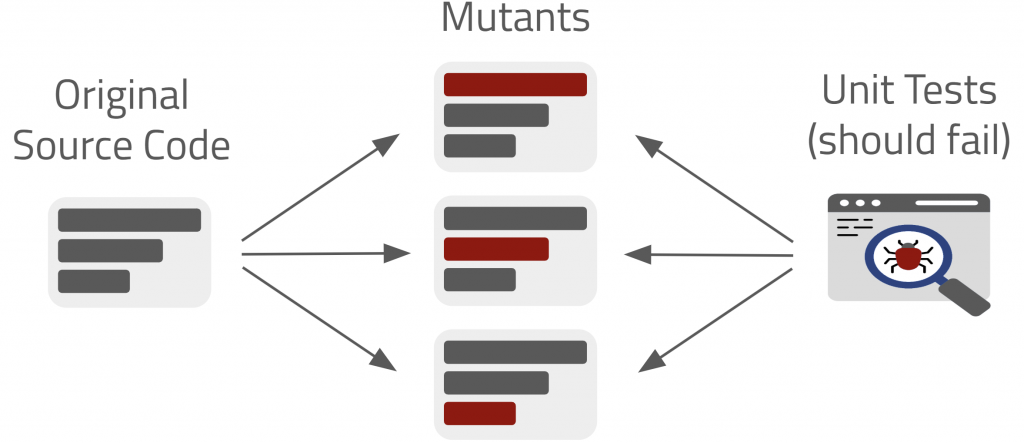
So we started with a simple question: Can we make smart contract testing faster and smarter, without losing reliability?
Our Approach: Teaching Tests to Think
Our answer became ASCENT, a framework built on Neural Monte Carlo Tree Search (Neural-MCTS), the same kind of algorithm that helped AI systems master games like Go.
Rather than precomputing a fixed test suite, ASCENT prioritizes tests dynamically as they are executed, adapting in real time based on the outcomes observed so far. Think of it as teaching the testing process to be strategic: it learns which tests are most likely to reveal bugs early, while still exploring less obvious tests to catch hidden issues.
Here’s how ASCENT works at a high level:
- Modeling test selection as a decision problem: Each action corresponds to running a test. ASCENT uses statistics from past executions to guide which test to pick next. For each mutant, the system continues executing tests until either the bug is discovered (the mutant is killed) or all tests have been run.
- Learning what works: Neural-MCTS uses policy and value networks to focus on the most promising test sequences, pruning less effective options.
- Tracking progress: For each test, ASCENT records key information, like which tests have already run and the outcomes so far. This “state” allows it to adjust its strategy dynamically.
- Reward-driven optimization: ASCENT is designed to find bugs quickly. When a test finds an issue, the system treats it as a “reward,” learning to prioritize similar tests in the future.
- Adaptable and efficient: By continuously updating its strategy as tests are executed, ASCENT achieves faster bug detection without requiring manual tuning or domain-specific tricks.
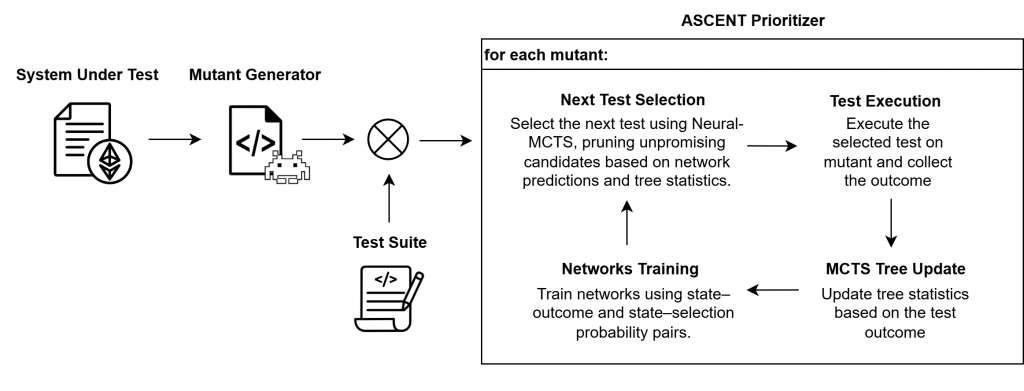
We tried ASCENT on five open-source Solidity projects, covering areas from DeFi to NFTs. The results were surprisingly consistent: it cut the number of executed tests by 40–60% compared to random ordering, without any domain-specific tweaks. In short: faster bug detection, fewer wasted cycles, and more reliable smart contracts.
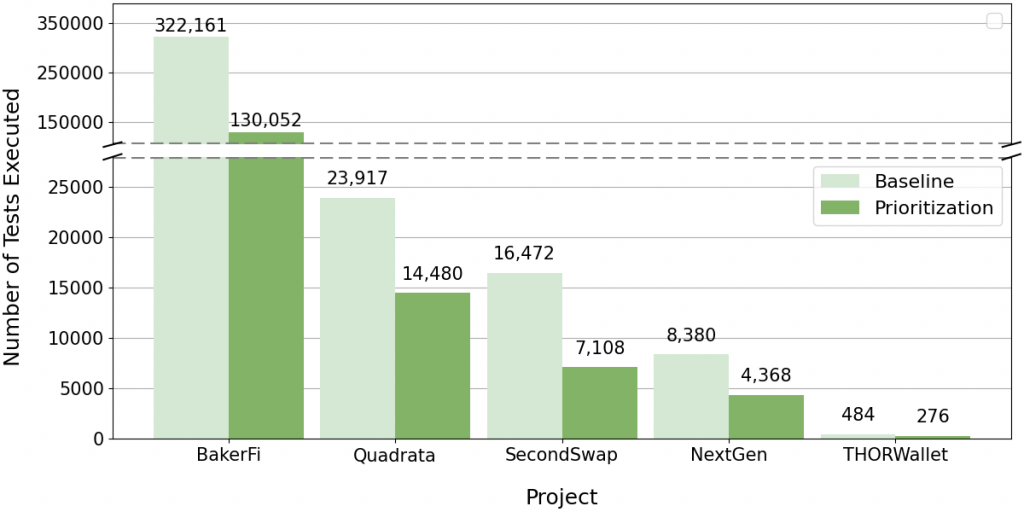
What’s Next for ASCENT
ASCENT is still evolving. We’re exploring richer state representations and experimenting with transformer-based models in place of the traditional feed-forward networks used for value and policy predictions. This change could help ASCENT better capture the sequential nature of the testing problem. We’re also scaling our experiments to larger and more complex projects.
Beyond smart contract mutation testing, ASCENT has the potential to generalize to other programming languages and testing paradigms, which could make intelligent test prioritization a broadly useful tool in software engineering.
Why EAI BlockTEA 2025?
We chose EAI BlockTEA 2025 conference because of its broad, interdisciplinary scope. It brings together researchers working on every corner of blockchain technology, making it the perfect fit for a project that bridges AI, software testing, and decentralized systems.
What stood out most was the balance of practicality and vision. Some talks presented ready-to-deploy tools, others shared forward-looking ideas, and many offered thoughtful analyses, empirical studies, or conceptual insights that added depth to the field.
The conference’s smaller size was a huge plus: it encouraged open exchange, made conversations personal, sparked spontaneous collaborations, and fostered genuine human connections. It felt less like attending a conference and more like joining a community.
Takeaways From BlockTEA
If you’re working in blockchain or related fields, I wholeheartedly recommend EAI BlockTEA. It’s one of those places where ideas spread fast, collaborations form naturally, and inspiration comes easily. You’ll probably leave with more questions than you arrived with, but also new perspectives, fresh motivation, and maybe a few new friends in the process.

Filippo Lampa
University of Camerino
Filippo Lampa is a PhD student in Computer Science and Mathematics at the University of Camerino, working at the intersection of artificial intelligence, security, and distributed systems. His research currently focuses on AI-driven methods for the security analysis and reliability assessment of smart contracts. During his MSc studies at the University of Camerino and Reykjavik University, he investigated cross-distribution collaborative learning and collective intelligence as foundations for scalable, adaptive AI across heterogeneous environments.

